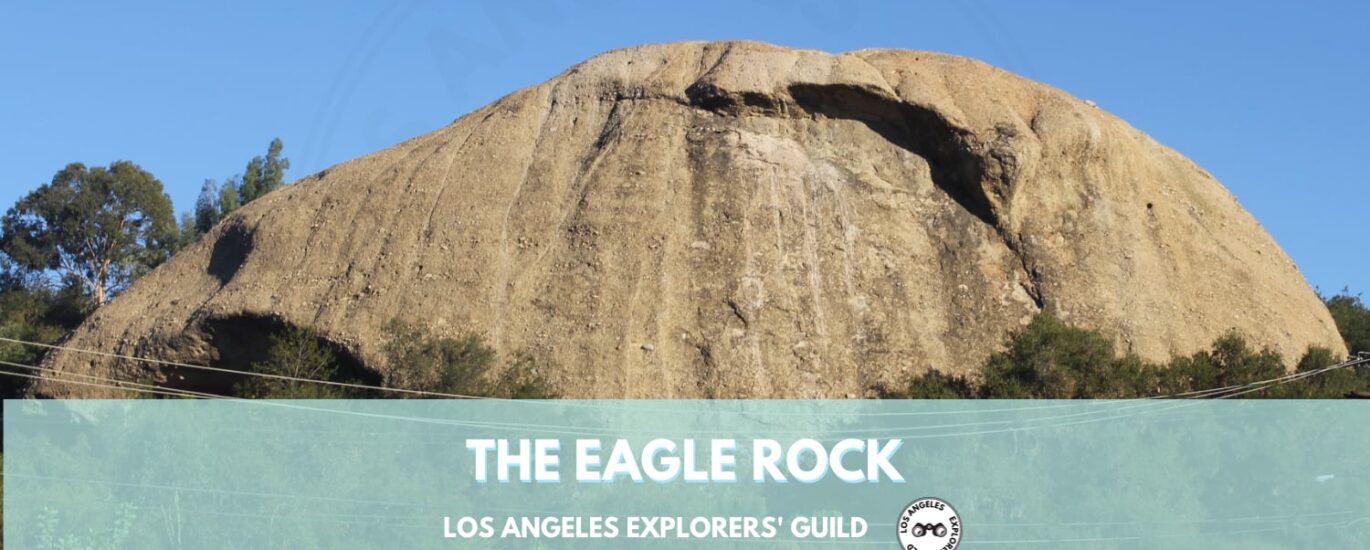Welcome to Eagle Rock, a location with a fascinating history and a story that reaches back over a century. Situated in the scenic region of eastern Idaho, this spot has played a significant role in the development of the surrounding area.
Let’s travel back to the mid-19th century when the area around Eagle Rock was largely uncharted territory, known for its rugged landscapes and the promise of opportunity. Eagle Rock, named for a large basalt rock that was said to resemble an eagle, became an essential crossing point on the Snake River for settlers heading west along the Oregon Trail. In 1864, a ferry service was established, and this marked the humble beginnings of what would eventually become a thriving settlement.
The real turning point for Eagle Rock was the arrival of the Utah Northern Railroad in 1879. The railroad brought with it new opportunities for commerce and trade, and the population began to swell as people flocked to the area for work and the promise of prosperity. Around this time, the Eagle Rock Bridge was constructed, further cementing the location’s importance as a transportation hub.
One of the most notable figures to influence Eagle Rock was Joseph A. Clark, a prominent banker and entrepreneur. Clark played a pivotal role in the economic development of the region, establishing businesses and promoting the area’s growth. His contributions laid the groundwork for the prosperity that Eagle Rock would come to experience in the following decades.
By the late 19th century, Eagle Rock had undergone a transformation, largely due to the burgeoning agricultural boom. The fertile lands surrounding the area became a hotspot for farming, particularly potatoes, making it a vital part of Idaho’s agricultural industry—a legacy that continues to this day.
In 1891, the community took a significant step forward when it decided to rebrand itself, changing its name to Idaho Falls. This change reflected the area’s evolution from a simple river crossing to a thriving city, and it set the stage for the modern city we know today.
As you stand here, consider the countless pioneers who forged their way through this landscape, the industrious railroad workers who laid tracks that brought people and goods to this frontier, and the visionaries like Joseph Clark who saw potential where others only saw wilderness.
Today, Eagle Rock, now Idaho Falls, holds its place as a vibrant city, rich in history and culture. Its legacy is a testament to the resilience and ingenuity of those who have lived and worked here. Whether you’re passing through or here to stay, Eagle Rock’s past is a vital piece of the broader tapestry of American history.






